Column-I and Column-II contains four entries each. Entries of Column -I are to be matched with some entries of Column-II. One or more than one entries of Column-I may have the matching with the same entries of Column-II.


The correct Answer is:A, B, C, D
(a) 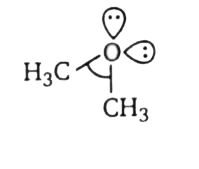
→ upaired distribution of s-character in hybrid orbitals
→∠Cl−O−C>109∘28.
→ Both O−C bonds are equivalent.
(b) 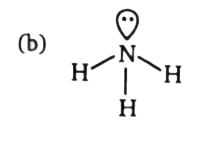
→ unequal distribution of s-character in hybrid orbitals
→∠HNH<109∘28.
→ All three N−H bonds are equivalent
(c) 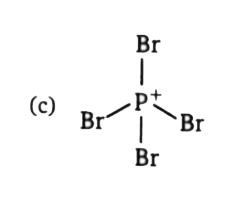
→ Equal distribution of s-character in hybrid orbitals
→∠Br−P−B+=109∘28.
→ All P−Br bonds are equivalent
(d) 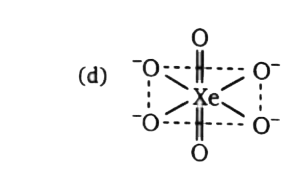
→ Equal distribution of s-character in all hybrid orbital
→∠O−Xe−O=90∘
→ All Xe−O bonds are equivalent
Topper's Solved these Questions
- CHEMICAL BONDING (ADVANCED)BOOK - VK JAISWALCHAPTER - CHEMICAL BONDING (ADVANCED)EXERCISE - ASSERTION-REASON TYPE QUESTIONS
58 Videos
- CHEMICAL BONDING (ADVANCED)BOOK - VK JAISWALCHAPTER - CHEMICAL BONDING (ADVANCED)EXERCISE - SUBJECTIVE PROBLEMS
72 Videos
- CHEMICAL BONDING (ADVANCED)BOOK - VK JAISWALCHAPTER - CHEMICAL BONDING (ADVANCED)EXERCISE - ONE OR MORE ANSWER IS/ARE CORRECT
84 Videos
- CHEMICAL BONDING (BASIC)BOOK - VK JAISWALCHAPTER - CHEMICAL BONDING (BASIC)EXERCISE - Level 3 (Passive 11)
6 Videos
Similar Questions
Entries of Column-I are to be matched with entrices of Column-II. Each entry of Column-I may have the matching with one or more than entries of Column-II

View SolutionEntries of Column-I are to be matched with entrices of Column-II. Each entry of Column-I may have the matching with one or more than entries of Column-II

View SolutionEntries of Column-I are to be matched with entrices of Column-II. Each entry of Column-I may have the matching with one or more than entries of Column-II

View SolutionEntries of Column-I are to be matched with entrices of Column-II. Each entry of Column-I may have the matching with one or more than entries of Column-II

View SolutionEntries of Column-I are to be matched with entrices of Column-II. Each entry of Column-I may have the matching with one or more than entries of Column-II

View SolutionEntries of Column-I are to be matched with entrices of Column-II. Each entry of Column-I may have the matching with one or more than entries of Column-II
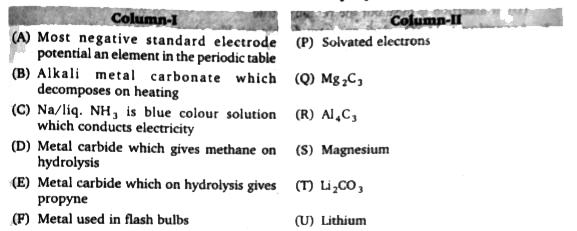
View SolutionEntries of Column-I are to be matched with entrices of Column-II. Each entry of Column-I may have the matching with one or more than entries of Column-II

View SolutionEntries of Column-I are to be matched with entrices of Column-II. Each entry of Column-I may have the matching with one or more than entries of Column-II

View SolutionEntries of Column-I are to be matched with entrices of Column-II. Each entry of Column-I may have the matching with one or more than entries of Column-II

View SolutionEntries of Column-I are to be matched with entrices of Column-II. Each entry of Column-I may have the matching with one or more than entries of Column-II

View Solution
